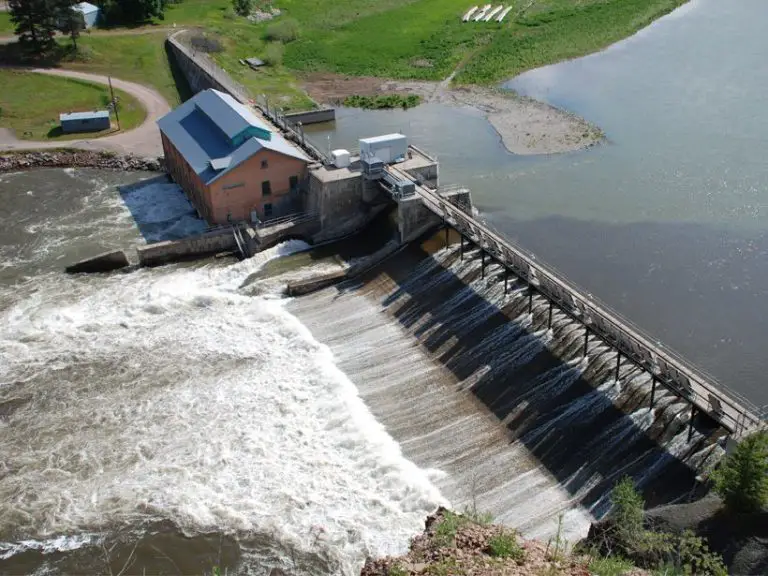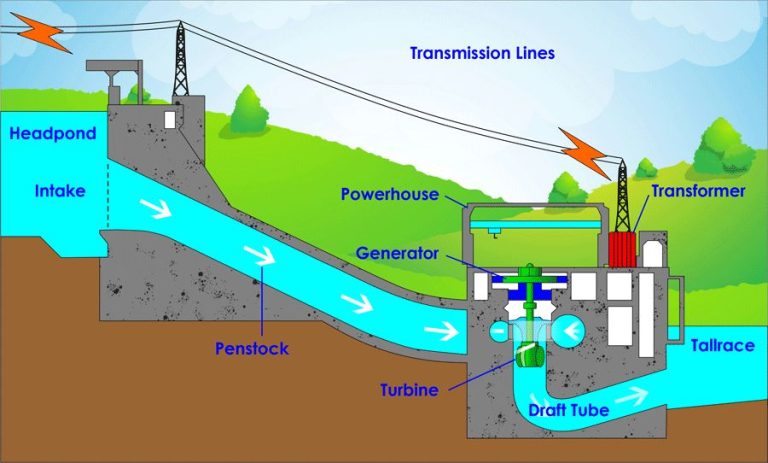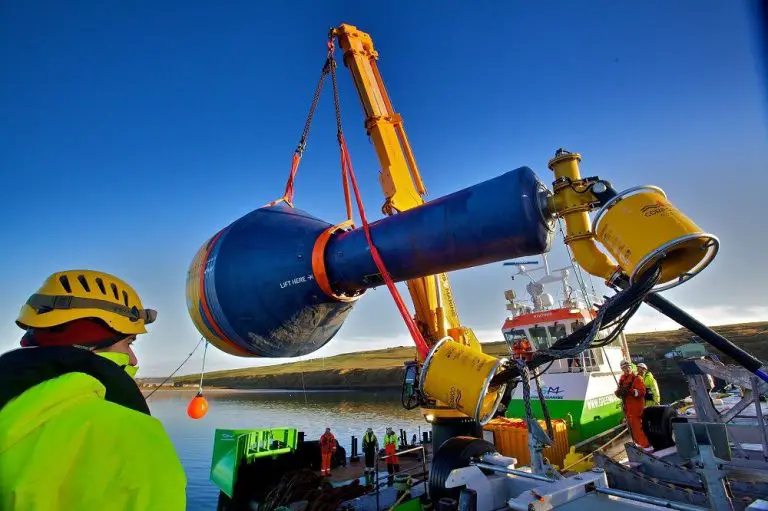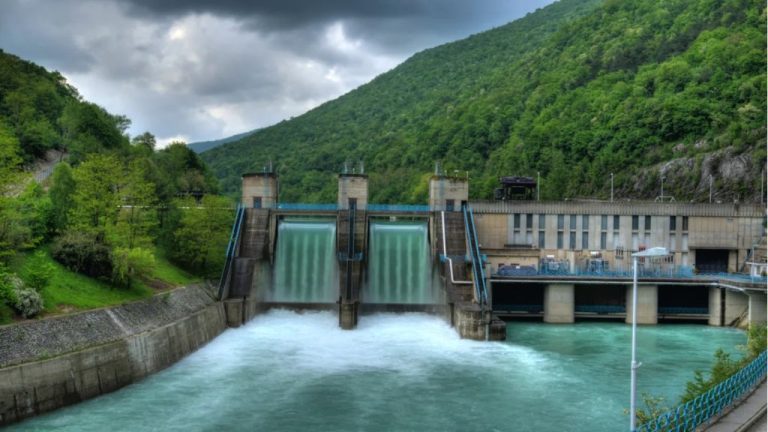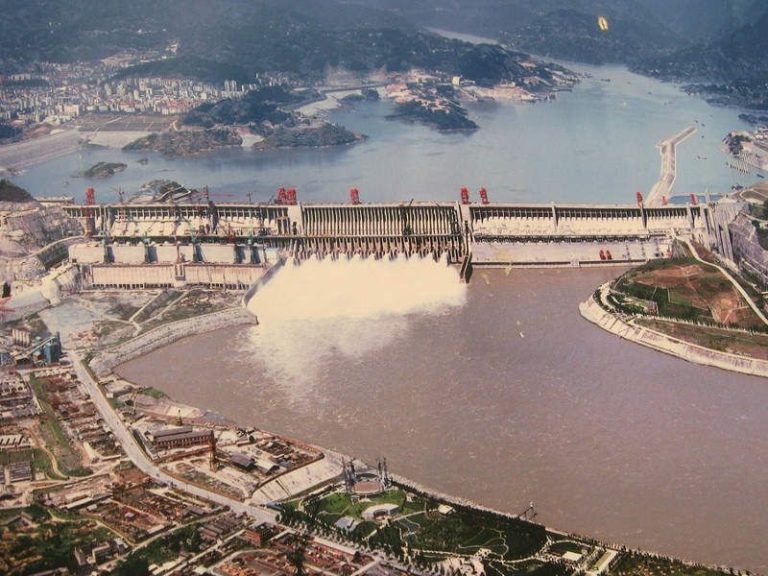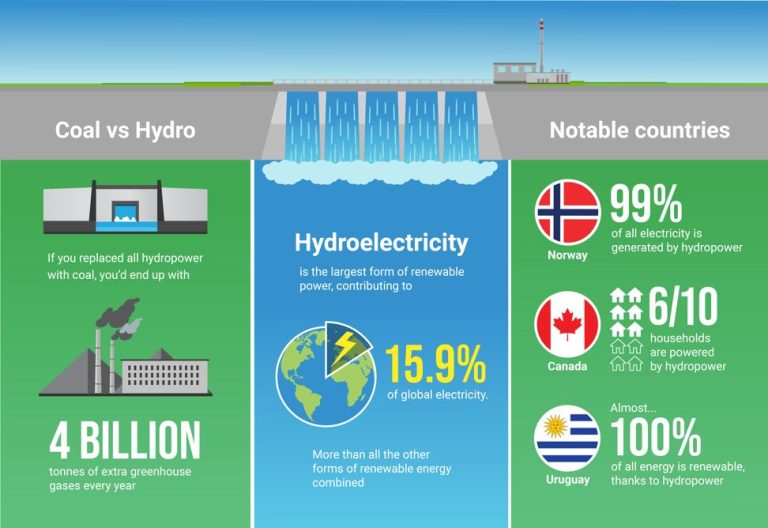What Is The Dam In Kameng River?
The dam in the Kameng river is the Kameng Hydroelectric Project located in the West Kameng district of Arunachal Pradesh, India. The Kameng river, also known as the Jia Bhoreli, is a tributary of the Brahmaputra river that originates in the Himalayas.
The purpose of the Kameng Hydroelectric Project is to generate electricity and aid economic development in Arunachal Pradesh and neighboring areas. This region of India has seen relatively lower development compared to other parts of the country. The dam project dates back to the early 2000s when surveys were conducted to assess the feasibility of harnessing hydropower from the Kameng river.
After years of planning and negotiations, the project finally began construction in 2019. The Kameng Hydroelectric Project has faced some controversies and opposition, which will be discussed later. But proponents argue the dam is necessary infrastructure for the region.
Technical Details
The Kameng Dam is a concrete gravity dam on the Kameng River in Arunachal Pradesh, India. It is a 135 meter tall and 550 meter long dam constructed mainly of roller-compacted concrete. Some key features include:
- Type: Concrete gravity dam
- Height: 135 meters
- Length: 550 meters
- Width at base: 25 meters
- Reservoir capacity: 2.5 million acre-feet
- Power generation capacity: 2000 MW
The dam was built to withstand major earthquakes up to intensity VIII on the MSK scale. It contains over 4 million cubic meters of concrete and utilizes locally quarried aggregate and sand from the Kameng River. Advanced engineering techniques were employed in the design and construction.
Construction
The construction of the Kameng river dam began in 2004 and was completed in 2010 by a consortium of companies including Larsen & Toubro, Hindustan Construction Company and Patel Engineering. The massive concrete gravity dam is 492 feet tall and over 1 mile wide. Building the dam required rerouting a section of the Kameng river for several years while construction took place.
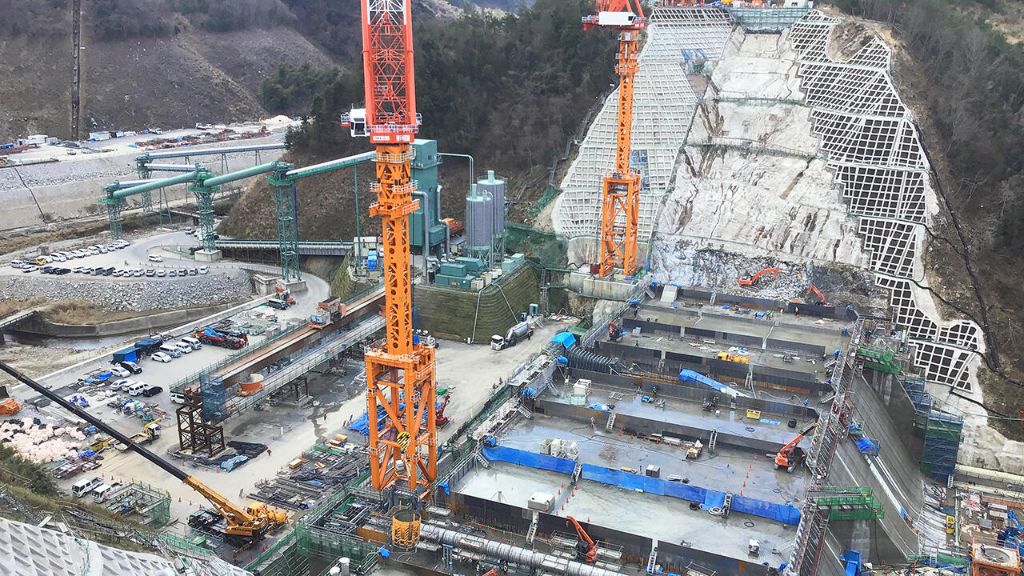
The remote location and rough Himalayan terrain posed many challenges during construction. Materials and heavy machinery had to be transported on small mountain roads to the dam site. Work was frequently halted during the monsoon season due to heavy rains and flooding. The steep canyon walls also raised stability issues and required additional geological surveying and reinforcement.
Despite the difficulties, the dam was built on schedule and within budget. At completion, it was the tallest dam in India and considered an engineering marvel. The consortium of construction companies overcame significant obstacles to erect this massive structure high in the Himalayas.
Cost
The overall budget for the construction of the dam in Kameng river was estimated to be around $2 billion. The project was jointly funded by the central government and the state government of Arunachal Pradesh.
The central government provided 60% of the funding through budgetary allocations and loans from financial institutions like the World Bank. The remaining 40% was borne by the state government.
During the construction phase, the project faced significant delays and cost overruns. The original timeline of 5 years had to be extended to nearly 8 years.
Several factors contributed to the time and cost overrun. Firstly, massive floods in the monsoon seasons damaged construction equipment and work that was underway. Rebuilding the damaged sections and procuring new machinery led to delays.
Secondly, geological complications like landslides and soil erosion at the dam site required design changes and stabilizing measures.
And thirdly, rehabilitation of displaced locals took longer than expected. All these factors increased the final construction cost to around $2.8 billion, 40% over the initial budget.
Purpose
The main purpose of the dam in Kameng river is for irrigation, electricity generation, and flood control.
Irrigation is a key purpose, as the reservoir created by the dam provides a stable supply of water for irrigating agricultural fields in the region. This helps farmers grow crops more reliably and boosts agricultural productivity.
Hydroelectric power generation is another major purpose. The dam has an installed capacity of 1500 megawatts, making it one of the largest hydroelectric projects in the region. The electricity generated helps meet the increasing power demands and provides clean renewable energy.
Flood control is an important objective as well. The dam’s reservoir has the capacity to store flood waters during monsoons. This prevents downstream areas from getting inundated and protects lives and property from flood damage.
Overall, the dam serves the multifaceted purposes of providing irrigation, electricity and protection from floods to surrounding areas. This makes it a vital infrastructure project for the region.
Electricity Generation
The dam has an installed capacity of 2,000 MW, making it one of the largest hydroelectric power stations in the region. With its 8 turbine generators, the dam can generate up to 8,000 GWh of electricity per year. This massive amount of electricity helps meet the rising power demand and prevents shortages during peak hours.
The electricity generated at the dam is distributed across several states in the region. It provides reliable and affordable power that supports economic development. Industries, businesses, and residences receiving electricity from the dam have seen improvements in productivity and living standards.
The dam’s ability to store water and quickly adjust power generation helps stabilize the grid when intermittent renewable energy from solar and wind causes fluctuations. Its location near load centers reduces transmission losses as well.
Irrigation
The main purpose of the dam was to provide irrigation to the surrounding agricultural areas. The dam’s reservoir stores water during the monsoon season and releases it during the dry months to irrigate over 100,000 hectares of farmland. This has enabled multiple cropping seasons and significantly increased agricultural productivity in the region.
With the dam’s regulated water supply, many farmers have switched from growing one crop per year to two or three crops annually. The area now produces rice, wheat, pulses, oilseeds, vegetables and other cash crops. Agricultural income and food production has risen substantially after the dam’s construction.
The dam irrigation has reduced dependence on rainfall alone and insulated crops from droughts and dry spells. Modern irrigation methods like drip and sprinkler systems have also been introduced in the command area to improve water efficiency.
Overall, the dam’s irrigation potential has been a boon for the region’s agrarian economy and enabled farmers to improve their livelihood.
Flood Control
The dam plays a crucial role in controlling devastating floods downstream in the Brahmaputra river basin. During the monsoon season, heavy rainfall in the Himalayas leads to swollen rivers that historically caused catastrophic flooding of towns and villages in the Assam plains. The dam helps regulate the immense volume of water flowing down from the mountains, storing excess water in its large reservoir and releasing it in a controlled fashion.
This flood moderation effect has provided enormous relief to millions living in flood-prone areas downstream. For example, in the unprecedented floods of 2004, the dam is credited with reducing the flood peak at Pasighat by over 15,000 cusecs. By retaining floodwaters and attenuating the flood peak, the dam has reduced the frequency and intensity of flooding events that previously brought widespread destruction.
Flood control remains one of the primary functions of the dam today. The reservoir storage gives dam operators the ability to regulate flows based on weather forecasts and expected runoff volumes. This active management of water releases before and during monsoon season helps mitigate loss of life and property through planned flood control measures.
Environmental Impact
The construction of the dam on the Kameng River has had significant ecological impacts downstream. When the dam was built, it greatly reduced the water flow in parts of the river, altering the natural habitat. Some species of fish that used to migrate upstream for spawning have declined. The dam has also blocked the flow of nutrient-rich sediments that fertilized lands downstream.
In addition, the creation of the large reservoir flooded vegetation, forests and agricultural land upstream of the dam. Several villages with hundreds of families had to be resettled to make way for the rising waters. This disrupted local communities and changed the lives of indigenous tribes who had lived along the riverbanks for generations.
While the dam provides benefits like electricity and irrigation, it has come at an environmental cost. The ecological changes to the river habitat and resettlement of villages represent major impacts. Mitigation measures have been implemented such as fish ladders, but effects on biodiversity persist.
Controversies
The construction of the dam was not without controversies. There were protests from local tribal groups and environmental activists over the flooding of forest land and displacement of villages. Concerns were raised about the environmental impact of the large reservoir that would be created, including the submergence of flora and fauna.
Some critics argued that the social and environmental costs of the dam outweighed the benefits. They claimed proper environmental impact assessments and rehabilitation of displaced people were not conducted adequately. There were also questions raised about corruption and lack of transparency in the approval and construction of the project.
However, the government maintained that the dam was essential for meeting the region’s electricity needs and providing irrigation and flood control. It stated that all necessary clearances were obtained and rehabilitation packages were provided to displaced families. The government highlighted benefits like employment generation and economic development that the project would bring.

